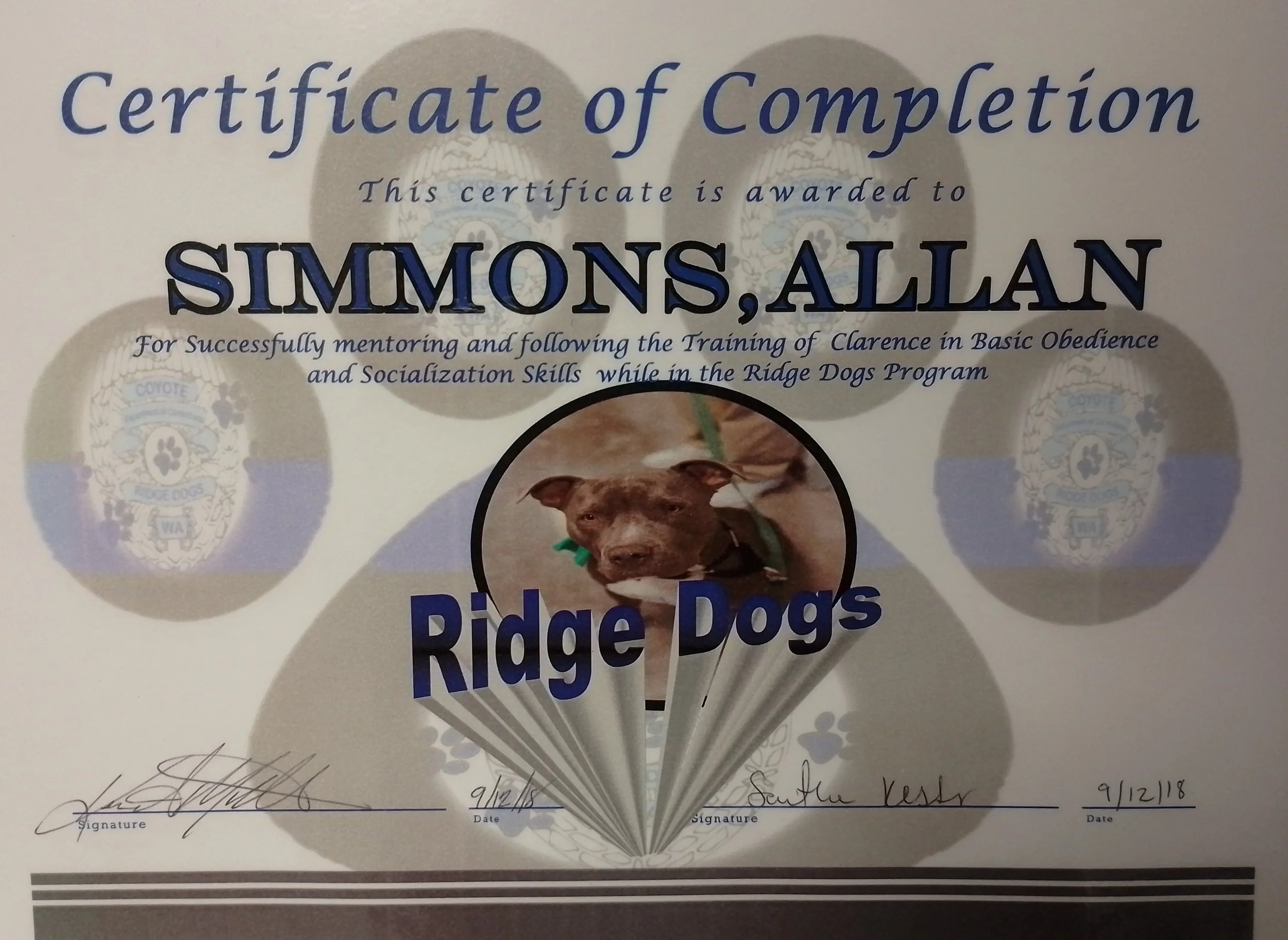
Animal-assisted therapy (AAT) is a health intervention meant to improve physical, social, emotional, or cognitive functioning. Animals are an integral part of the treatment. The therapeutic use of animals with GCS is employed in an intervention setting to improve care.
The therapeutic use of animals.
-

Effectiveness
Animal-assisted therapy (AAT) helps with many health conditions, including schizophrenia, addiction, PTSD, developmental disorders, dementia, cancer, and chronic pain.
schizophrenia, addiction, dementia, cancer, and PTSD.AAT can improve:
Social skills
Mood
Physical well-being
Being with an animal often releases calming hormones like serotonin, prolactin, and oxytocin, which can lower stress and sadness.
AAT is used in:
Cognitive Rehabilitation: Helps with thinking problems from injuries.
Behavioral Health: Supports mental health, alone or with other treatments.
Occupational Therapy: Boosts motivation for goals like improving focus, social skills, self-esteem, and reducing anxiety or loneliness.
-

Canine-assisted therapy
Canine-assisted therapy uses trained therapy dogs to improve well-being. These dogs are calm, accepting, and comforting.
Therapy dogs help by:
Offering comfort through contact.
Encouraging interaction, improving movement, and building trust.
Reducing stress and anxiety.
This therapy complements other treatments for conditions like ADHD and autism. It also helps teach daily living skills and encourages group participation.
-

Strategic Situations
Animal-assisted therapy (AAT) helps with many conditions, including:
Boosting self-worth, communication, and social skills.
Encouraging activity and self-care.
Helping individuals communicate, even non-verbally.
Motivating improvement and reducing hostility.
Calming individuals with health conditions.
Assisting with physical therapy (e.g., for stroke victims).
Improving learning, memory, and cognition after brain injuries.
-

Animal-assisted therapy
Animal-assisted therapy (AAT) is a treatment that uses animals. It's part of animal-assisted interventions, which also include emotional support and service animals.
AAT aims to improve a persons:
Social skills
Emotional state
Thinking abilities
Research shows animals motivate and educate participants. Studies confirm positive effects on mood, blood pressure, and hormone levels.




